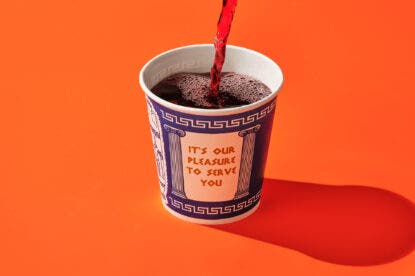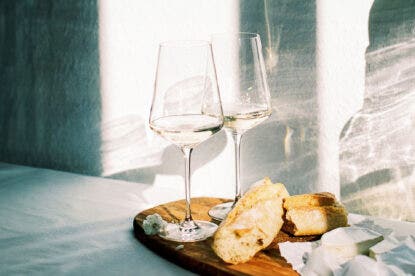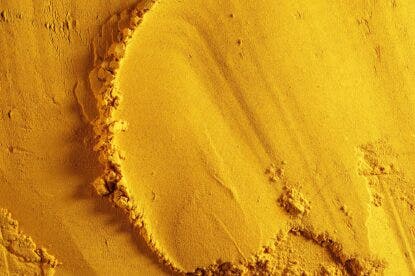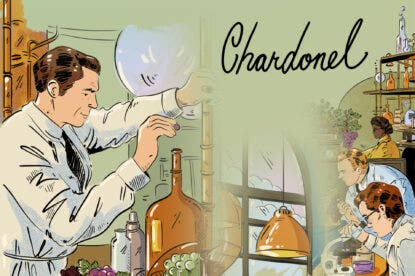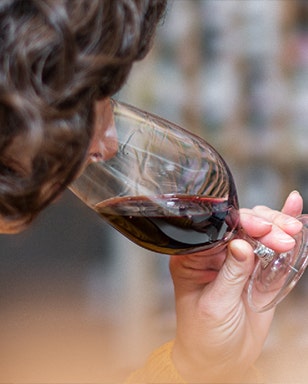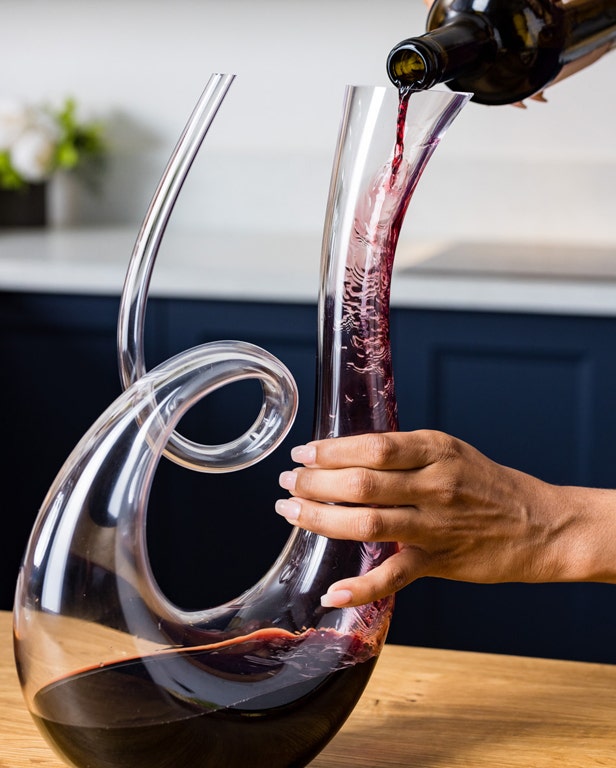Have you ever looked in your wine refrigerator or cellar and noticed a bit of mold? Don’t worry, you’re not alone, and your wine collection is not in trouble.
Wine cellars and refrigerators are constructed to have higher levels of humidity than a standard fridge in order to keep the corks from drying out. While most cellars allow bottles to rest horizontally to keep the wine in contact with the cork, evaporation can still happen over time.
To ensure that the cork doesn’t dry out and allow harmful oxygen into the bottle, humidity in a wine cellar should be between 50% and 80%. And while such high levels of humidity are beneficial for the corks, they’re just as helpful to mold spores.
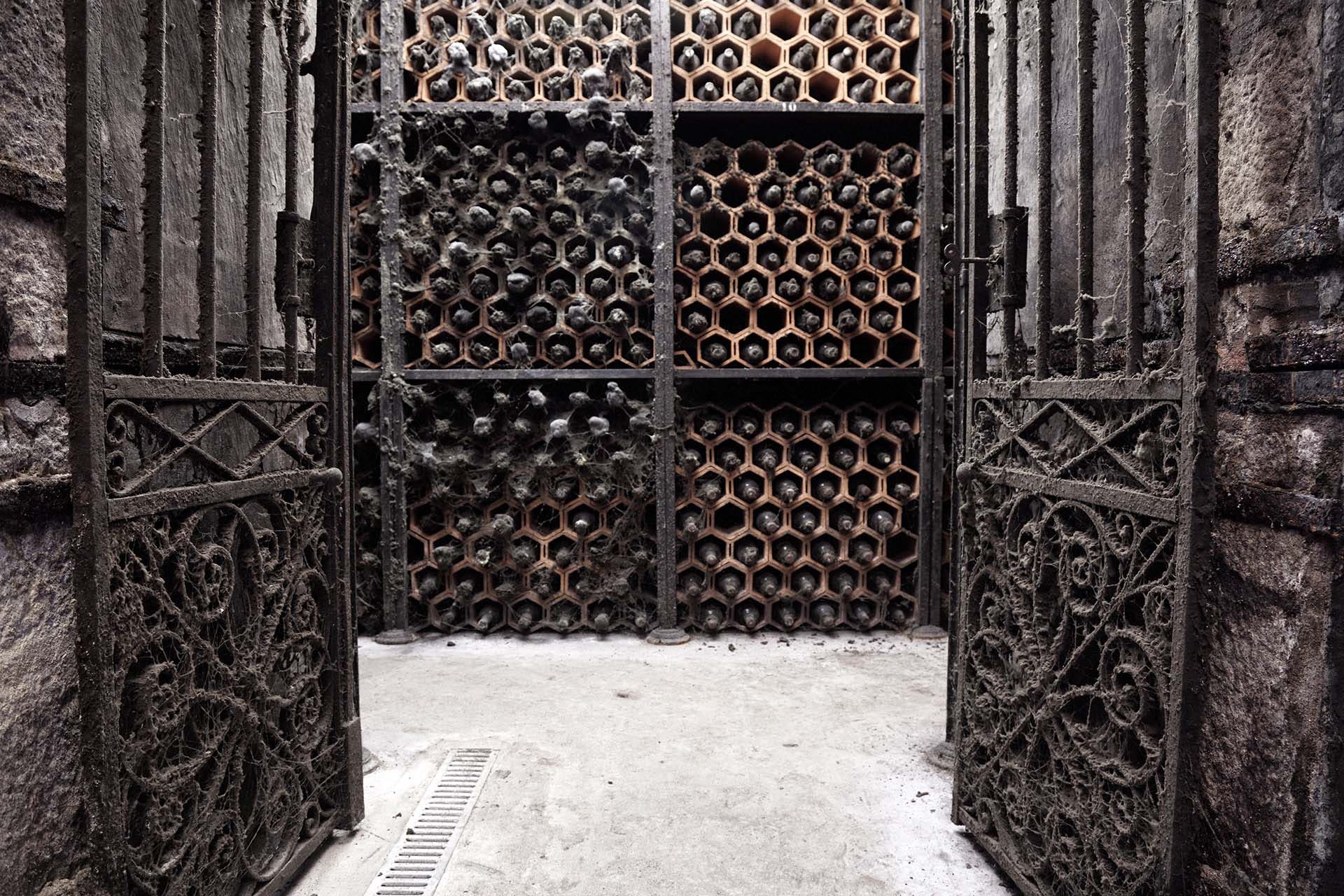
Mold is around us all the time. If you have a damp basement or have experienced water leakage in your home, you know that mold is drawn to moisture. Likewise, a wine cellar’s humidity also attracts mold like a mouse to cheese. Most collectors will experience mold in their cellars at some point.
But is mold really a bad thing? All of those old French wine caves that have been around for centuries are loaded with mold, which contributes to their charm and sense of history.
Visible mold adds a bit of character, and it can indicate a bottle of wine that has matured with proper age.
Many photos you see of an older bottle of Bordeaux Grand Cru Classé or Port will have an unrecognizable label due to mold brought on by years of aging. Yet, no one feels the wine itself is ruined by a worn label. Usually, it’s the opposite. Visible mold adds a bit of character, and it can indicate a bottle of wine that has matured with proper age.
Of course, if the mold spores go unattended for long periods, they can run rampant, and what once was charming can become disgusting.
The best thing to do is to keep an eye out for the first signs of mold and take humidity level readings in the cellar. If the humidity is more than 80%, you may want to use a dehumidifier or place a few dry sponges in your cellar to absorb excess moisture. Silica bead packets, like those found in clothing or bags of dehydrated food, can also work wonders.
There are also several mold–removing sprays available, but be sure to remove the bottles from your cellar before use. Hydrogen peroxide or vinegar solutions are also DIY options that can work wonders to revive bottles to their original condition. Vinegar as a mild acid that will kill mold, while peroxide releases oxygen at a rate that decomposes and oxidizes the surface of the mold, making it easier to remove.
In any case, don’t let mold in your cellar make you fear for the juice in the bottle. Unless the cork has been affected and protrudes from the neck, the wine is going to be as good as the winemaker intended.
Quick Tips to Clean Mold From a Wine Bottle
• Wipe bottle with solution of half cup white vinegar to one quart water.
• Apply undiluted 3% strength hydrogen peroxide to bottle. Allow to saturate for 10–15 minutes, then scrub clean.
• For stubborn mold, add half cup white vinegar directly to one quart hydrogen peroxide.
Last Updated: May 8, 2023





